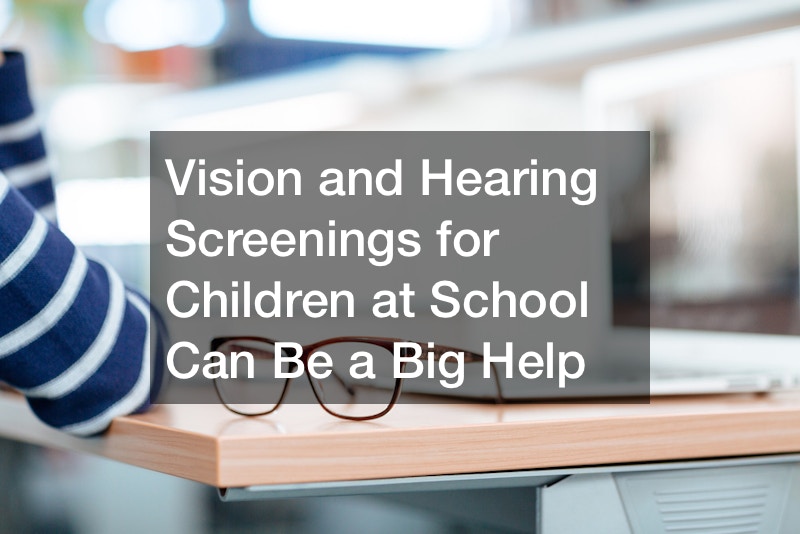

Vision is an important part of everyone’s senses, so it’s a good idea to take the best care of your child’s vision. This can be done by taking them for regular checkups, especially if you’re concerned that something may be wrong. For this, you may want to learn more about binocular vision services and some of the fluctuating neurological symptoms that exist.
If your child is having brain fog and vision problems, for instance, you might want to take them to an ocular disease optometrist. They will know the right tests to do to get to the bottom of the issue and they can therefore save your child’s vision.

They’ll also share with you facts such as that nearsightedness is technically called myopia and more. The more you know, the better you can understand what’s going on every step of the way. This can help you to prepare your child adequately as well and save them from a rollercoaster whereby they don’t know what’s going on. As a result, they’ll be more receptive to treatment and may comply better with what they need to do. In the end, you may help your child get a chance to enjoy having proper vision.
This world we live in is a beautiful one. Imagine how difficult it could be to attempt to fully understand that beauty and wonder with hearing or vision problems. Of course, there are plenty of people who successfully do it, but if those issues can be prevented or remedied, it would be ideal. This is why schools will often have vision and hearing screenings for students, and why these types of tests are recommended throughout childhood.
Why health screenings at school are so important
It has been estimated that two or three of every 1,000 kids across the country come into this world with a detectable level of hearing impairment, whether in one or both ears. This is why you will often see a newborn taken from his or her mother within the first few hours or days of birth in order to get a hearing test. But even if the hearing of the baby seems fine, it is crucial to stay on top of those health screenings, as some issues can develop after birth. In that same vein, there is not a standard vision test for a newborn that can accurately determine how well they can see, especially because they will still develop their farsightedness over time.
One reason that hearing and vision screenings are conducted at schools is that there are many families who do not have the necessary insurance to cover these types of regular tests with a primary doctor. In fact, children whose families do not have health insurance are three times as likely to not get glasses when they need them. The National Commission on Vision and Health has reported that 25% of children between the ages of five and 17 have some sort of issue with their vision. Continuing to run those vision and hearing screenings at school with trained specialists helps to ensure that problems will be detected and addressed.
Vision and hearing problems that can develop over time
Vision and hearing screenings have been offered at many schools for quite some time. They are vital to assessing what each student needs. But they are also helpful in assessing how vision and hearing problems have developed over time. Today, about 20% of teenagers have some level of hearing loss. That rate is 30% higher than it was in the 80s and 90s. One thing that could be to blame is the development and advancement of technology. Ear buds at full volume, especially repeated use in such a way, can be damaging to the ears of a child or teenager, particularly because his or her body is still continuing to develop.
The other major issue is screen time. Over 40% of parents across the nation say that their children spend at least three hours of every day using a digital device of some kind. While these devices can be useful and sometimes even be helpful teaching aids, that much usage can easily contribute to hearing and vision trouble.
It is important to preserve and protect the senses for as long as possible. Being able to truly see, hear, and appreciate the world around us makes things so much better.
